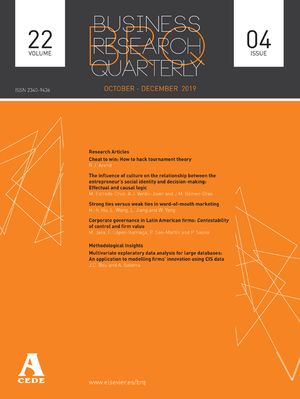Durante las tres últimas décadas la relación entre la estrategia competitiva y las prácticas de recursos humanos ha sido estudiada en profundidad. Sin embargo, el papel mediador de la estructura organizativa en esta relación ha sido relativamente poco considerado por el entorno académico. En este artículo analizamos un modelo de relaciones entre la estrategia competitiva, la estructura organizativa y las prácticas de recursos humanos. Aplicando una metodología de ecuaciones estructurales a una muestra de 183 empresas españolas, intentaremos confirmar que las organizaciones que siguen estrategias de diferenciación implementarán con mayor probabilidad prácticas de recursos humanos de alto rendimiento. Como novedad introduciremos la estructura organizativa como mediadora de esta relación. Para ello usaremos el constructo mecanismos de control (centralización, formalización y socialización).
During the last two decades the relationship between organizational strategy and human resources practices has been deeply analyzed. However, the mediator role of organizational structure in this relationship remains relatively uninvestigated. In this article we analyze a model of relationships among organizational strategy, organizational structure and human resources practices. Through a structural equation methodology applied to a sample of 183 Spanish companies, we will try to confirm that organizations with differentiation strategies are more likely to implement high involvement work practices. As a novelty we will introduce organizational structure as a mediator of this relationship. For that we will use the construct control mechanisms (centralization, formalization, and socialization).




